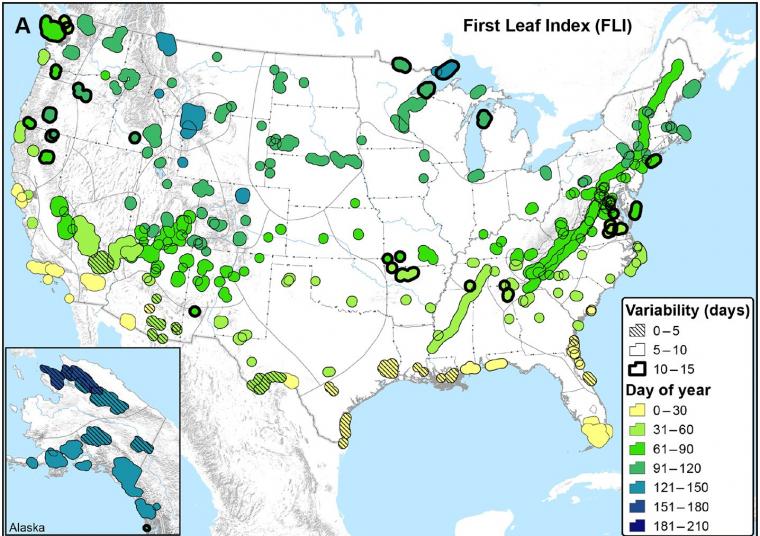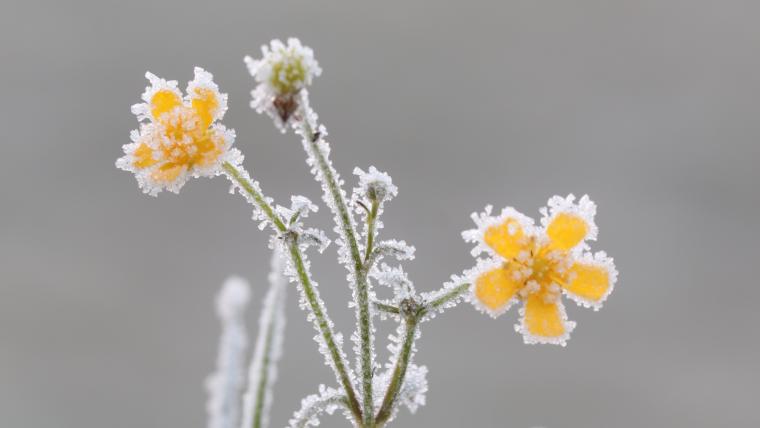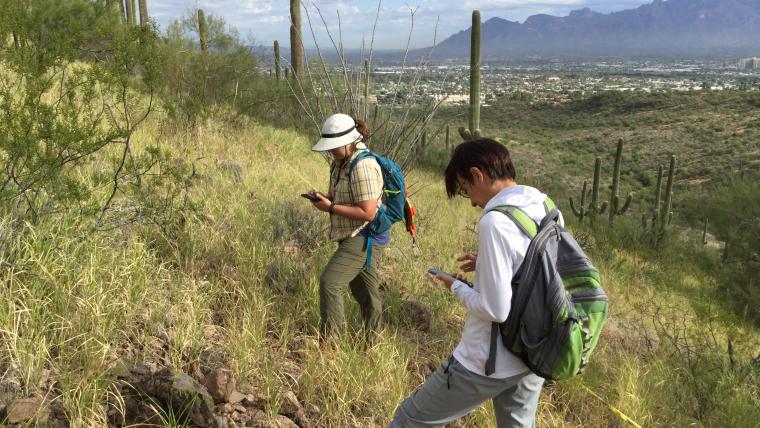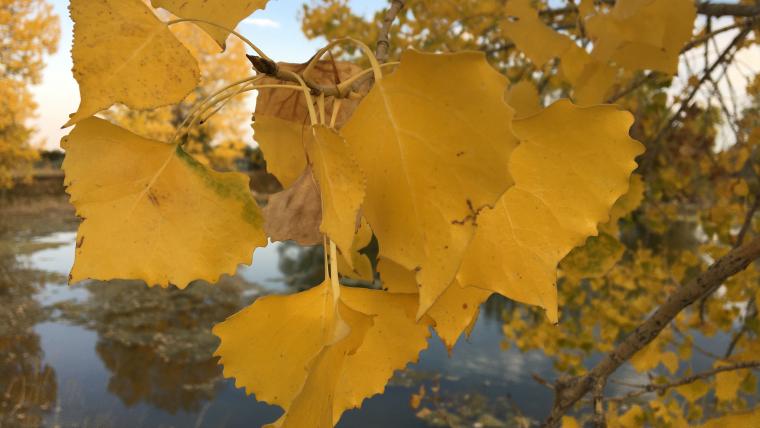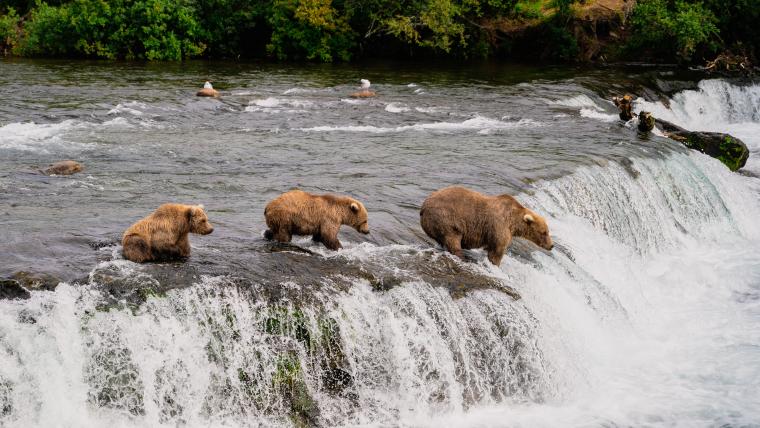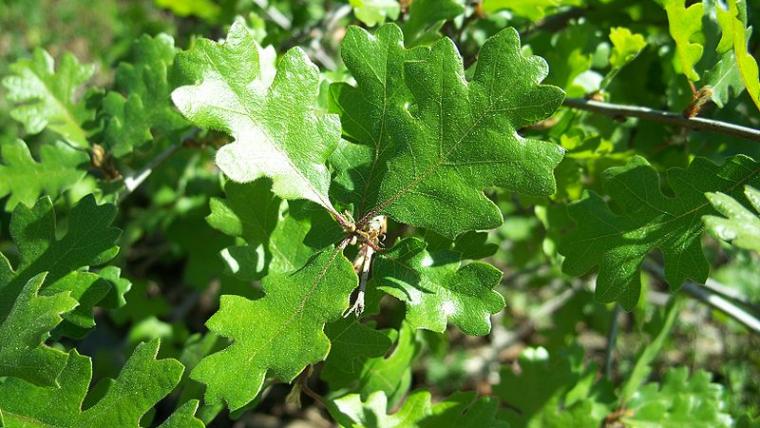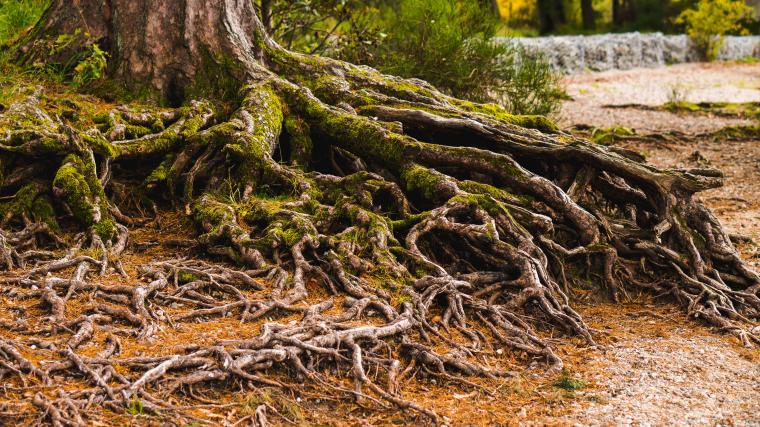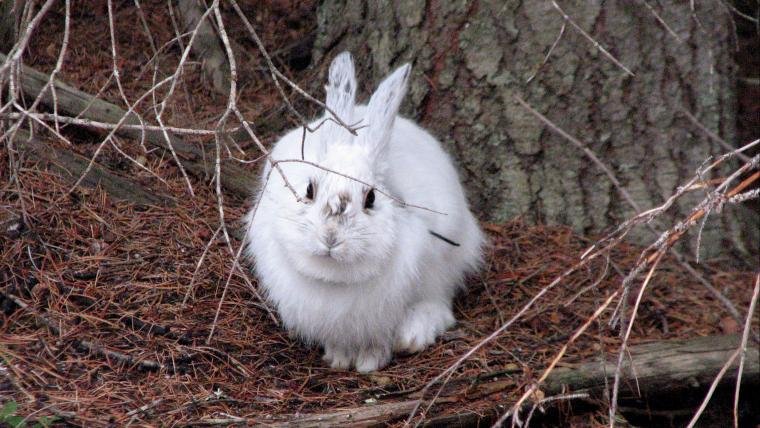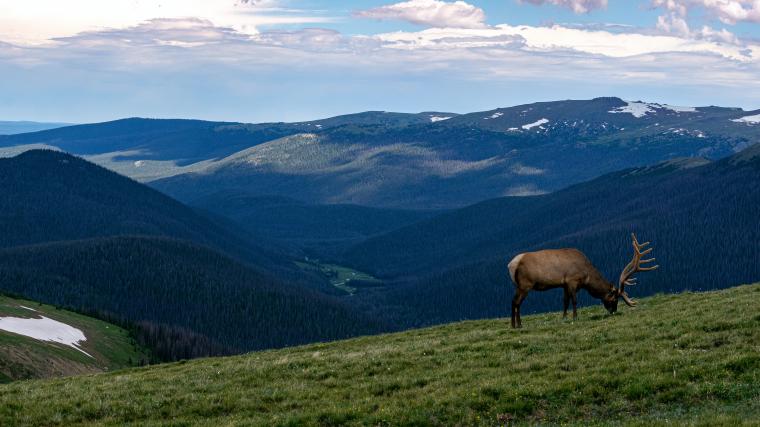
Large herbivores track high-protein forage in spring
Wed, Nov 16, 2016
Finding high-quality foraging areas is crucial for hungry herbivores in the spring months. Researchers of a new study in Proceedings of the Royal Society B studied five species of herbivores in Wyoming and Utah to see whether animals matched their movements with the spring green-up of their forage across the landscape. They found that 7 of the 10 populations studied selected patches of forage in the early growth stage, supporting the hypothesis that these animals track the green wave. Learning more about how animals select habitat patches, and how much flexibility exists in their behavior, will help managers to protect these species in the face of future climate change and land development.

